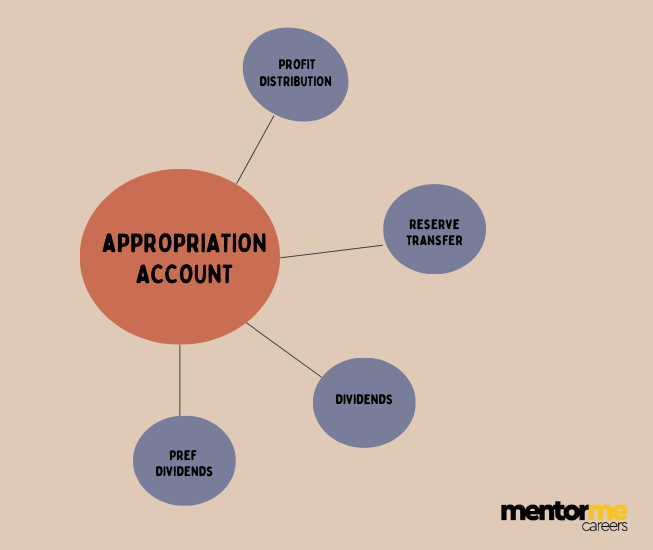Last updated on October 23rd, 2024 at 04:57 pm
What is Autonomous Consumption?
Autonomous consumption is the consumption expenditure that occurs when the income levels are zero [1]. This expenditure consists of goods and services which must be purchased even when the individual is broke or has little or no disposable income. These include food, shelter, hand hygiene products, healthcare, etc. Paying for these necessities can force the consumers to borrow or access money that they had previously been saving. As this helps in maintaining a basic standard of living, the expenditures are considered to be independent and hence autonomous, of the income earned.
How does Autonomous Consumption work?
The expenses such as food, shelter, utilities, healthcare are unavoidable expenses. They cannot be eliminated regardless of the consumer’s income. If the consumer has 0 income for some time, he must dip into his savings or increase his debt for the time being to meet the essential expenses. The level of autonomous consumption can vary depending upon the financial options. The level can also change when available finance options are low. Lifestyle changes, downsizing, changes in eating habits and/or a limited usage of the utilities can very well impact the autonomous consumption level.
What is Dissaving?
If one is spending money beyond their available income, it is referred to as Dissaving. Dissaving can be done by taking out money from savings, taking cash advances on a credit card, borrowing against future income, etc. It is also known as Negative savings [2]. If autonomous spending increases within a community, the economy has said to have negative savings. It becomes more likely that this community will take on more debt to handle the finances. For dissaving to take place, the person need not necessarily experience financial struggle. E.g., A person may have some savings put aside for a huge event like a wedding, to use the accrued funds for discretionary expenses.
Autonomous Expenditure for Governments
The Expenditure of the government can also play a significant role in autonomous spending in an economy. When the government allocates more funds to social security and healthcare for their smooth functioning, the burden of payment of the individual is reduced. These are mandatory expenses and are known as autonomous expenditures for the government. The government can also partake in education programs, free public transport, etc. This leads to a well-functioning welfare system that boosts household savings.



